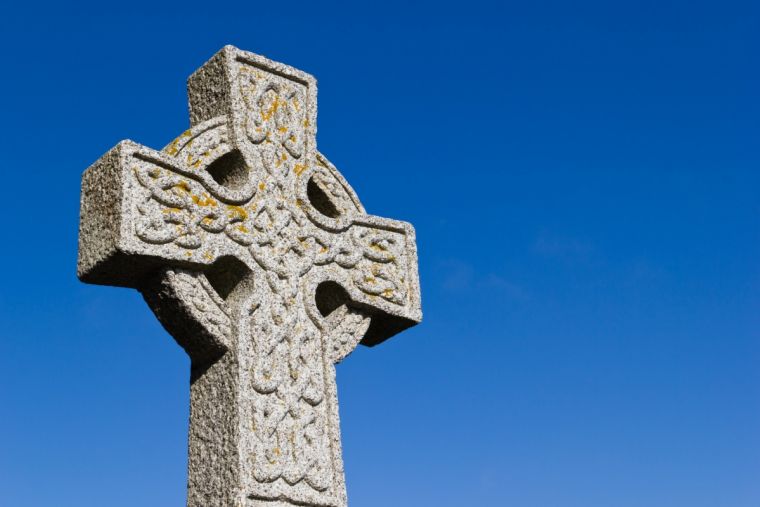Christians and Tattoos: Historical body art has Christian connection

The decision to get a tattoo is one that many deliberate over, and when it comes to Christians, choosing to permanently mark your body with ink can be an even bigger deal as there is a belief held by many that tattoos are forbidden in the Bible.
Christians who do decide to get body art often opt for designs which relate to their faith. But the popularity of Christian-inspired body art extends beyond tattoo wearing Christians. It's not uncommon for non-Christians to adorn their skin with Christian-related designs - Bible verses, Bible-inspired imagery or iconic Christian symbols. However, there's one type of design that, until now, many may not have fully appreciated for its Christian influence - Celtic body art.
Celtic designs, which often take the form of interlinked and interwoven loops and knots, have long been thought to be symbolic of typically Celtic art. But a new exhibition which centres on dispelling common misconnections or "re-imaginings" around Celtic history and uncovering truths about ancient Europe's shared Celtic heritage has revealed that this practice actually originates from Christian art. As part of the first major British exhibition on the Celts in more than 40 years, experts have discovered that the styles which take the form of elaborate abstract imagery principally links early Medieval Britain and Ireland, and does not originate at the beginning of the period which is associated with the Celts.
Essentially, the artistry of interwoven loops developed alongside the introduction of Christianity into the population, not before. The association with Christianity is most notably evident in the Celtic cross designs but extends beyond this.
Speaking to the Herald Scotland, Martin Goldberg, the senior curator of Scottish history and archeology at National Museums Scotland, said: "When Britain and Ireland are becoming Christian, they start making interlaced designs particularly for use on decorated crosses - so that is why you quite often see the Celtic cross with the interlaced design on it."
He added: "It is a form of Christian art...It is an expression of this new set of beliefs, Christianity, which is shaping Europe at this point."
Celts, the exhibition which is organised in partnership with the British Museum, is due to open on Thursday 10 March at the National Museum of Scotland in Edinburgh. It runs until Sunday 25 September 2016.











